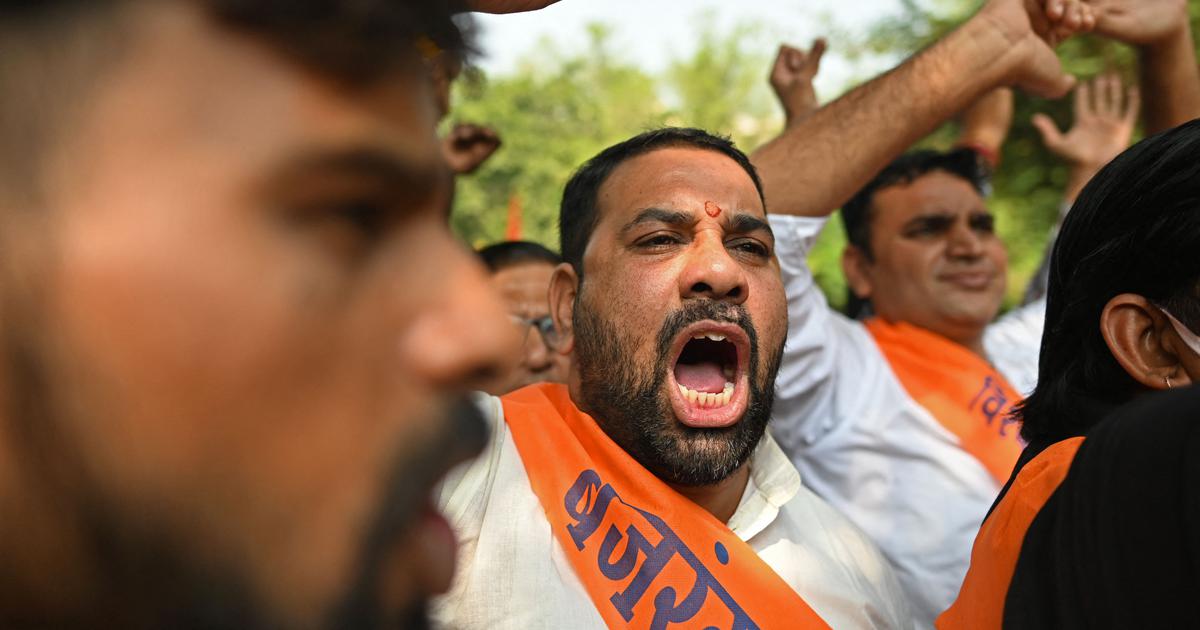The third week of October saw the northeastern state of Tripura rocked by violence . Muslim homes, shops and mosques were attacked as the V...

The third week of October saw the northeastern state of Tripura rocked by violence. Muslim homes, shops and mosques were attacked as the Vishwa Hindu Parishad, a prominent Hindutva organisation, a part of the larger Sangh Parivar umbrella, led violent marches.
These marches in turn were organised in response to anti-Hindu violence in Bangladesh. The week starting October 13 saw Durga puja pandals across Bangladesh under attack. Notably, the epicentre of this violence was in the Comilla district of Bangladesh – which immediately neighbours Tripura and has been a significant source of post-Partition migration into the northeastern state.
These incidents showed a troubling tendency for majoritarian forces in both India and Bangladesh to benefit from each other’s actions in order to cynically use atrocities on a minority in one country to try and justify anti-minority repression in the other.
The Bangladesh card
While communal violence has been linked across South Asia earlier, especially in the aftermath of Partition, the genesis of this current India-Bangladesh dynamic traces itself to how Bangladesh has became a major talking point in Indian politics starting from 2013-’14.
Two significant things happened at the time. In 2013, the Supreme Court started the process of updating Assam’s National Register of Citizens, which meant that Assamese residents had to prove that they...



